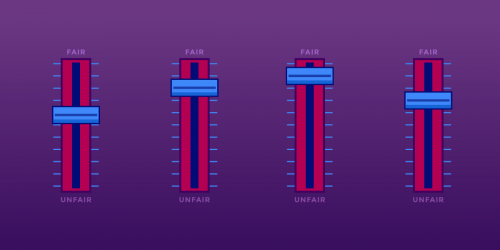When the MPAA began their campaign against piracy on college campuses, they waved a study that purported to show that 44% of the film industry’s losses were the direct result of illegal downloading and filesharing by college students on US campuses. The MPAA (and others like IPI and PFF) used that number to ramp up the pressure on Congress to pass legislation that would force colleges to eavesdrop on their networks and crack down on filesharing on campus.
44% is a pretty high number, and many were justifiably skeptical. Now, it seems the MPAA has been forced to admit that its numbers were not exactly, um, accurate. After diligently re-checking its math, it has admitted that the 44% figure was really more like 15%.
But even that number doesn’t tell the full story. Only 20% of college students live on campus, which means that if college students are responsible for 15% of the movie studios’ piracy-related losses (a number we still find dubious), then campus networks are responsible for something like 3%.
So the MPAA is urging universities to install expensive, ubiquitous, and ultimately futile filters and surveillance equipment to solve 3% of their piracy problem. Makes you wonder if colleges and universities are really the best place to attack movie piracy, doesn’t it?
These “restated” MPAA numbers suggest that the MPAA is targeting universities not because college kids are a serious threat to the movie industry’s bottom line, but because the studios hope to set a precedent on campus that can be used to force filtering on larger commercial ISPs. It’s bad enough that the government is eavesdropping on our Internet activities, without having Hollywood joining in.









